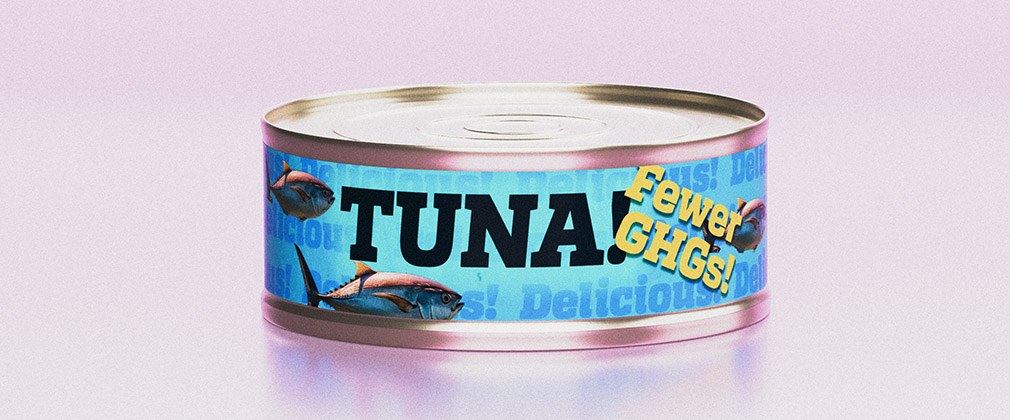New Research Evaluates Environmental Footprint of Aquatic Foods and Identifies Most Sustainable Choices for US Consumers
Feb 18, 2025

A new study led by researchers at the Johns Hopkins Center for a Livable Future examines energy and water use, and greenhouse gas emissions of US aquatic food supply chains. The researchers analyzed the impacts from actions at each stage of the supply chain, from production through consumption. The study found that wild caught salmon, Alaska pollock and canned tuna are associated with some of the lowest resource use and greenhouse gas emissions. The study identifies opportunities for aquatic foods industries to address practices that have negative impacts on the environment.
The research, titled, “Environmental impacts and food loss and waste in the US aquatic food system,” was published online in Global Environmental Change on January 19, 2025. It is the first study of its kind to assess inputs of energy use, greenhouse gas emissions, and blue water use throughout the entire aquatic food supply chain in the United States. Data were collected for the years 2016 to 2019 using surveys, questionnaires, and site visits to businesses in the United States, Europe, and Southeast Asia. Additionally, data were based on the top 10 most consumed species groups, which account for 79 percent of the US aquatic food supply. Those species groups include shrimp, salmon, tuna, tilapia, catfish and pangasius, Alaska pollock, cod, crab, flatfish, and scallops. (Data for cod, crab, flatfish, and scallops were collected from other data sources.)
“This study provides much needed resolution within the seafood category to help identify the most environmentally friendly products,” says David Love, PhD, lead author and Research Professor at the Bloomberg School’s Center for a Livable Future and Department of Environmental Health and Engineering. “All seafood products have lower greenhouse gas emissions than beef, and some seafood products have lower greenhouse gas emissions than pork and poultry.”
This study provides a comprehensive assessment of resource use and food loss and waste in the US aquatic food system, showing how resource use varies by supply chain stage, species, production methods, form, and mode of transportation. Production used the largest share of energy, water, and greenhouse gases. Air transport of fresh seafood has an outsized role in energy use and greenhouse gas emissions. Canned products have among the lowest energy and water use and greenhouse gas emissions, but production methods are also important to consider when selecting the most sustainable products.
This study found that nearly one quarter of the energy, greenhouse gas emissions, and blue water used in the aquatic food system are essentially discarded, in the form of food loss and waste.
“Seafood is expensive, and no one wants to waste it,” says Roni Neff, one of the authors of this study, the principal investigator for the INFEWS (Innovations at the Nexus of Food, Energy and Water Systems) study, and Professor at the Bloomberg School’s Department of Environmental Health and Engineering. “Understanding the environmental impacts gives another reason to avoid waste, and helps in prioritizing approaches to prevention, such as providing guidance on aquatic food management and strategies to help consumers and retailers reduce the amount of seafood that gets wasted.”
The estimates obtained in this analysis can serve as a baseline for further research seeking to improve impacts on the environment.
“Environmental impacts and food loss and waste in the U.S. aquatic food system” was co-authored by David C. Love, Mark Brown, Silvio Viglia, Frank Asche, Jillian Fry, Taryn M. Garlock, Lekelia D. Jenkins, Ly Nguyen, James Anderson, Elizabeth M. Nussbaumer, and Roni Neff.
This work was supported by the U.S. Department of Agriculture under an INFEWS grant [#2018-67003-27408] and the scientific and administrative expertise of The Johns Hopkins Center for a Livable Future.